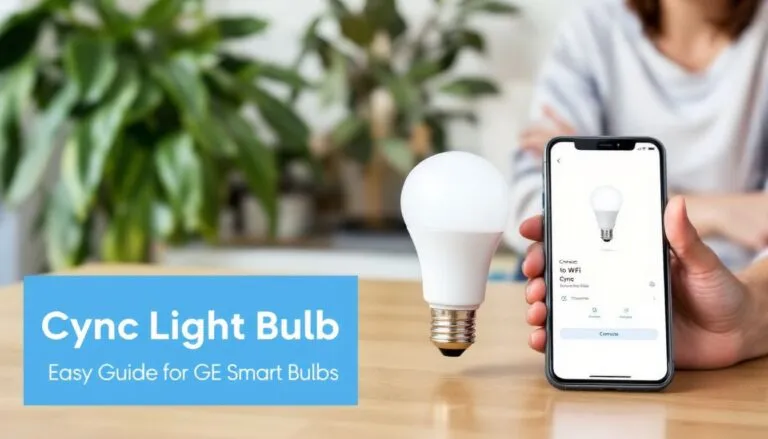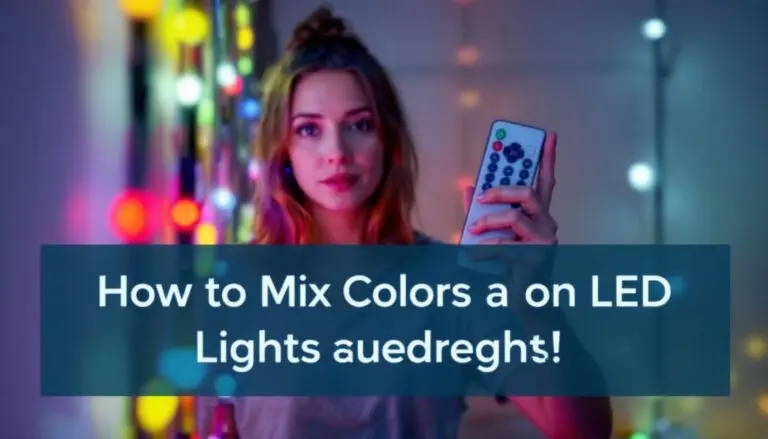How to Make LED Lights Warmer with White LEDs and Gel Lighting
Selecting the Right Gel Lighting

Pick the Right Gel for Warmer LEDs
Gel lighting can change your cool LEDs to warm ones. You’ll need to choose between orange and straw gels for the best effect.
Colour Temperature Orange (CT Orange)CT Orange gels are your go-to for warming up cool white LEDs. These thin filters change the color of your lights without much fuss. You’ll find them in different strengths, from Full to Eighth CT Orange.
A Full CT Orange gel can turn a 6500K cool white LED into a cozy 2700K warm glow.
The right gel can transform harsh LEDs into inviting light.
Choose your gel based on how warm you want your light. A Half CT Orange gel, for example, takes a 6500K light down to 3800K. This gives you a softer, more natural look. It’s perfect for living rooms or bedrooms where you want a relaxing vibe.
Colour Temperature Straw (CT Straw)CT Straw gels offer a great way to warm up LED lights. These gels change cool white light to a softer, more natural tone. They work just like CT Orange gels but give a slightly different effect.
You can use CT Straw to make your LEDs look more like warm incandescent bulbs.
To use CT Straw gels, cut them to fit your LED lights. Stick them on carefully so heat can still escape. The gels may wear out over time, so check them now and then. For your next project, let’s look at how to put these gels on your white LEDs.
Steps to Apply Gel Lighting on White LEDs
Warm Up Your LEDs with Gel Lighting
You can easily change cold LEDs to warm, cozy lights. Gel lighting lets you adjust the color and mood of your space fast.
Preparation and Safety Tips
Get ready to warm up your LEDs safely! Clean your hands and workspace first. This keeps dirt off the gels. Grab safety glasses and gloves to protect yourself. Make sure you have enough space around your LED lights.
Good airflow stops overheating. Check your LEDs for any damage before you start. Don’t cover vents on LED fixtures. This can cause heat buildup.
Protect your gels from water and UV light. They’ll last longer this way. Keep a close eye on the gels after you put them on. Look for signs of wear or damage often. If you see any issues, replace the gels right away.
Always unplug LED lights before working on them. This simple step keeps you safe from shocks.
Application Techniques
Applying gel lighting to white LEDs is easy. You can do it with simple tools and methods.
- Cut the gel to fit your LED light. Use sharp scissors for a clean edge.
- Clean the LED surface with rubbing alcohol. This helps the gel stick better.
- Use clear tape to attach the gel. Place tape on all sides for a secure hold.
- Try clips to hold the gel in place. This works well for larger LED panels.
- Build a frame for the gel. Use thin wood or plastic strips to make a custom fit.
- Glue the gel directly to the LED. Use a clear, heat-resistant adhesive for best results.
- Slide the gel into existing light fixtures. Many housings have slots for filters.
- Layer gels for a warmer effect. Start with one and add more as needed.
- Test different gel colors. CTO and straw gels are popular for warming light.
- Check the gel’s heat resistance. Some LEDs can get hot over time.
Conclusion
Warming up LED lights is easy and fun. You can create a cozy glow with simple tools. Gel lighting lets you change cool white LEDs to warm, inviting light. Try different gels to find your perfect warmth.
Soon you’ll have the ideal ambiance for any room in your home.
FAQs
1. How can I make LED lights warmer?
You can make LED lights warmer using warm white LEDs, lighting gels, or paint. These methods change the color temp of cold light to a warmer shade.
2. What are lighting gels?
Lighting gels are thin sheets of colored plastic. They go over lights to change their color. For warmer light, use amber or CTO gels on your LEDs.
3. Can I use paint to warm up LED light?
Yes! Try glass paint or food coloring. A thin coat on the LED can shift its color. Be careful not to block too much light output.
4. What’s the difference between warm and cool LEDs?
Warm LEDs have a lower Kelvin rating, around 2700K-3000K. Cool LEDs are higher, often 5000K-6500K. Warm LEDs look more like old light bulbs.
5. Are there dimmers for LED lights?
Many LEDs work with dimmers. Some use pulse width modulation. Dimming can make light feel warmer and cozier.
6. How do I pick the right warm white LED?
Look at the color rendering index (CRI) and Kelvin rating. Higher CRI (90+) and lower Kelvin (2700K-3000K) give a warmer, more natural light.







